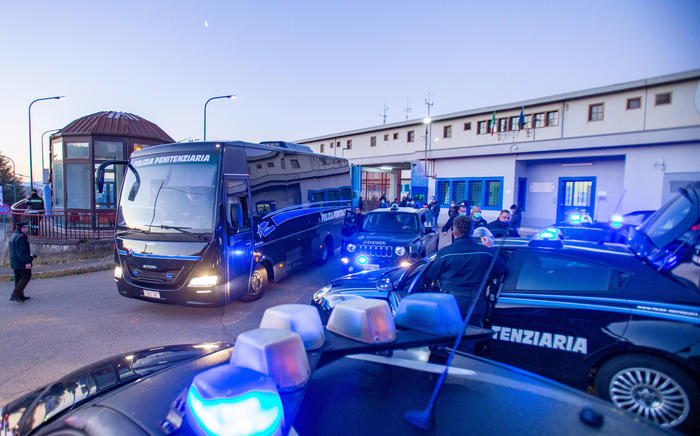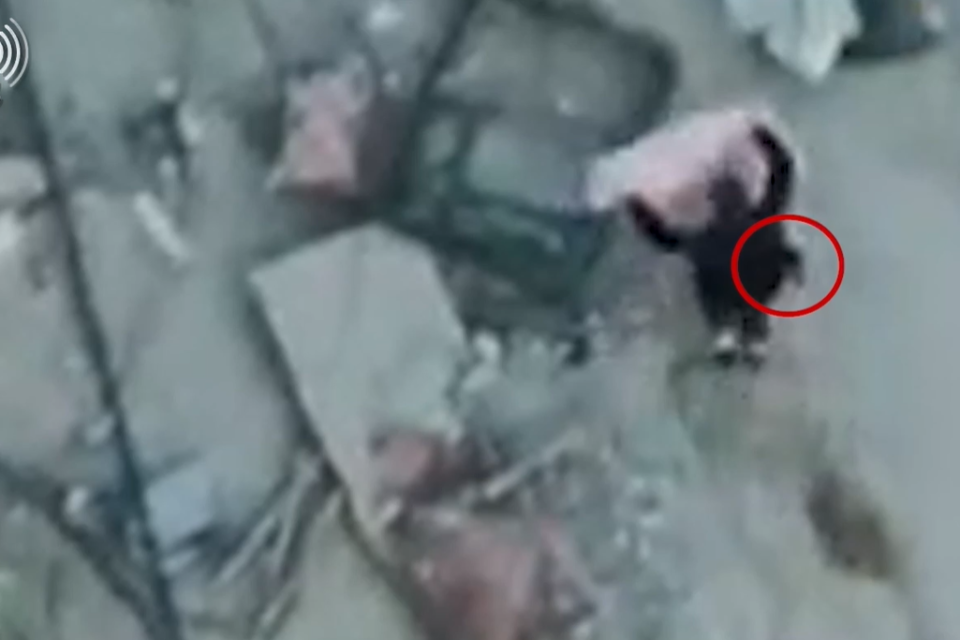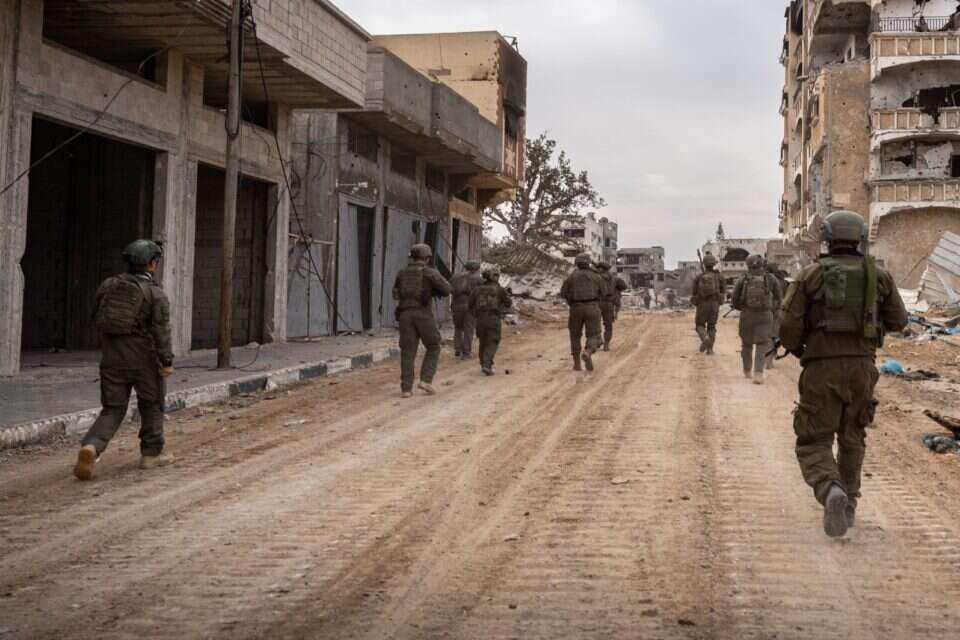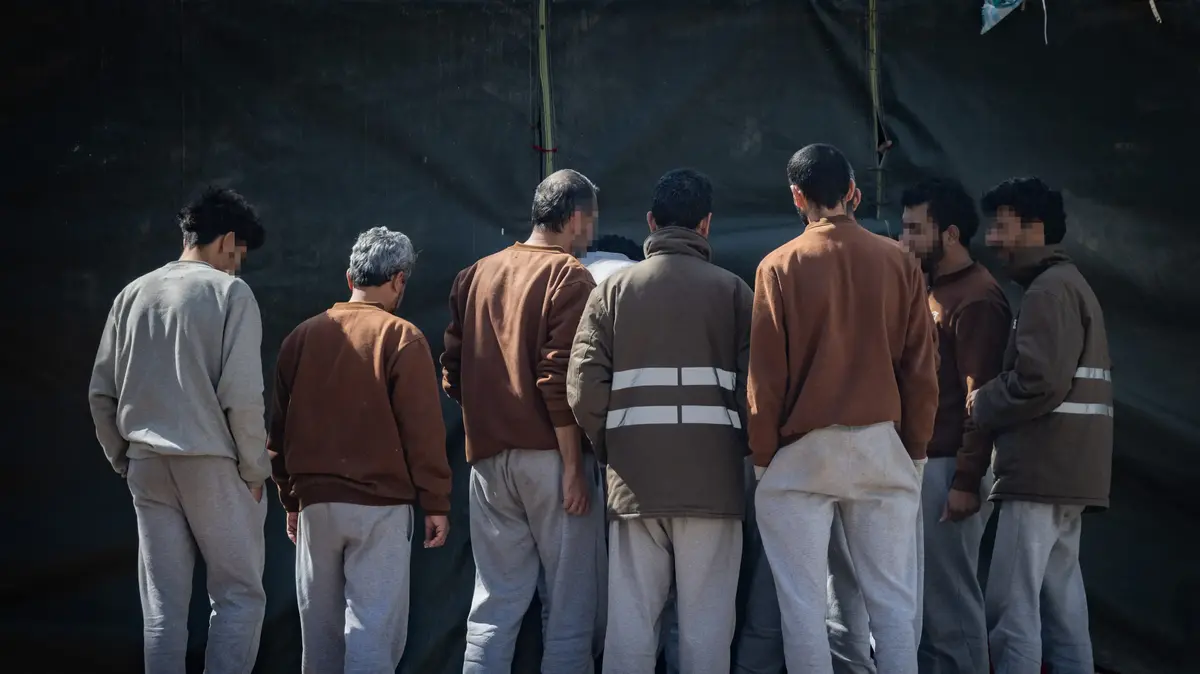SPIEGEL: On December 18, 1987, the Federal Criminal Police Office (BKA) succeeded in striking a decisive blow against the Revolutionary Cells (RZ), left-wing terrorists that hardly anyone knows today. Why should you remember the date?
Tuffner: The data centers in the Federal Republic have caused damage in the hundreds of millions. This small guerrilla was for a time a major public security threat. After its founding in 1973, the data center committed 101 fire and 124 explosive attacks in 14 years. There were assassinations of high-ranking people, the Hessian Minister of Economy Heinz Herbert Karry was murdered. In 1987 there were nine simultaneous arson attacks on branches of the clothing company Adler. Because of the independently operating small group commands, the BKA had almost no investigative approaches for a long time. The access shortly before Christmas 1987 was an exceptional criminal success thanks to a method of investigation that is unique in the world.
SPIEGEL: To what extent?
Tuffner: The special thing was that a travel alarm clock became the decisive trace. Unlike the members of the Red Army Faction (RAF), the data centers were active as after-hours terrorists, and they had normal jobs in everyday life. Even close friends had no idea of the criminal activity. There was no hierarchy, the individual cells planned attacks for themselves. The BKA initially knew almost no names. At around 40 attacks, however, remains of the dial of a travel alarm clock from the Emes brand were found in the rubble as parts of the time fuse. That's where the investigators started.
SPIEGEL: Please tell.
Tuffner: The BKA bought the last series of alarm clocks at the end of 1984. Each alarm clock was then engraved with a five-digit number on the back of the dial. Then the travel alarm clocks came back to selected watch shops. With the consent of the owners, video cameras were installed there to record the buyers of Emes alarm clocks, and the alarm number was also registered. With a little luck, you would be able to determine after an attack where the alarm clock was bought. And would have a video picture of the buyer. So it happened. However, this took some time.
SPIEGEL: Why?
Tuffner: At the end of October 1986, a bomb went off at the Lufthansa administration building in Cologne - with an Emes alarm clock as a time fuse, the number remained on the rest of the dial. When the investigators had the buyer's number and video picture, the face of a suspicious woman was known. But nobody knew who she was. Until chance came to the rescue in February 1987. A colleague watched a TV report about an editorial conference of the feminist women's magazine "Emma" - and recognized the woman from the surveillance video: It was the editor Ingrid Strobl.
photo gallery
7 pictures
Revolutionary cells: "This small guerrilla was a major threat"SPIEGEL: How surprised was that?
Tuffner: I'll put it this way: It fit, the magazine "Emma" had repeatedly published self- inflicting letters from the RZ, especially on feminist topics. But there was no suspicion of a specific person. That was different now. The thread was finally found.
SPIEGEL: How did Ms. Strobl react to the discovery?
Tuffner: It was not investigated openly, but undercover, in order to find further accomplices. In November 1987 she met a large group of people in a holiday home near Münster. The BKA observers saw the group formulating texts and discussing them violently. After the departure, the investigators searched the house - and found torn drafts for a self-accusation letter in the septic tank. An attack that was imminent. The federal prosecutor could no longer wait. So there was a raid, the "Zobel Action" on December 18, 1987.
SPIEGEL: How many RZ members were you able to convince?
Tuffner: The action was a major operation, thousands of police officers searched 33 buildings in 20 cities. We had search warrants against 23 suspected data center members. Most were released after the first interrogations, but were later convicted. An arrest warrant was executed in two cases. And four members were able to flee and hide in France for years - because they were warned.
SPIEGEL: How could that happen?
Tuffner: It is a German-German crime thriller that the BKA only found out from files of the Stasi records authority after the wall came down. Before the raid, we had sent radio telexes with the names of the suspects to the police stations involved. At that time, radio long-distance typing was also carried out via directional radio to Berlin and thus across the GDR. It was encoded, but the Stasi had apparently been able to receive and decode the signals. So they knew, it was a remarkable achievement. The night before the access, a Stasi employee anonymously called several data center members. "A friend is speaking here", so it started.
SPIEGEL: Did you notice anything at the time?
Tuffner: Since the telephone connections of some suspects were monitored, we were able to listen to the anonymous calls. But nobody came up with the Stasi as the author.
SPIEGEL: The RAF maintained close contacts with the Stasi; some terrorists went underground in the GDR for years. Was there a similar connection to the RZ?
Tuffner: I don't know anything about that, and I don't expect it either. However, the Stasi had very good knowledge about the data center. The warnings are easy to explain: it was the general task of the Stasi to carry out destruction in the Federal Republic.
SPIEGEL: How did you experience your job as head of the management team?
Tuffner: In such situations, everyone involved is on duty day and night. It is important to maintain a regular rhythm, such as sleeping regularly. Similar actions were carried out in the fight against the RAF, I was sometimes at the BKA for 14 days at a time, where you could spend the night as an official. I took turns with my representative: everyone works twelve hours, then takes a break.
SPIEGEL: Why were the data centers always overshadowed by the RAF - were they less dangerous?
Tuffner: No. The RAF was - I say - "public relations" better than the RZ. The hunger strikes of the RAF prisoners, for example, were always a political issue, and the environment was particularly motivated. The RZ, on the other hand, wrote papers that remained without much of an echo in the extreme left-wing scene.
SPIEGEL: Who was more difficult to fight, RAF or RZ?
Tuffner: I wouldn't make a difference. Basically, leftist terrorism is one of the most difficult forms of crime for investigators because it is a highly intelligent, always highly conspiratorial. They planned exactly what they would do and could provide ideological reasons for their actions. And in every criminal case against arrested perpetrators, the police had to demonstrate their methods of investigation. From this, the terrorists learned the current state of criminal police technology and were able to adapt accordingly.
SPIEGEL: Does that also apply to right-wing terrorists?
Tuffner: No. It is something completely different. Most right-wing terrorists were and are simply stupid, intellectually rarely able to write a self-apology letter with a substantial, ideological explanation for their actions. They usually make simple mistakes - good for investigative work and protecting democracy.
SPIEGEL: What is left of the data centers?
Tuffner: Nothing. It is clear that the data centers were barely active after the "Zobel campaign", the number of attacks fell rapidly. Some of the members were able to hide - probably in France - until their actions were statute-barred. Then they came back and were brought to trial, but the criminal proceedings were terminated due to limitation. In 1999 the last cadres were arrested in Berlin. Today, convicts have long served their sentences, and all criminal proceedings have ended. The Revolutionary Cells are a closed chapter in German crime history.





/cloudfront-eu-central-1.images.arcpublishing.com/prisa/GAPAX6HHTGBBXMVGIJ7L4VSGHI.jpg)



